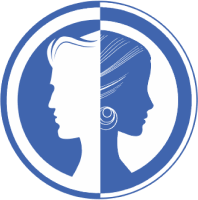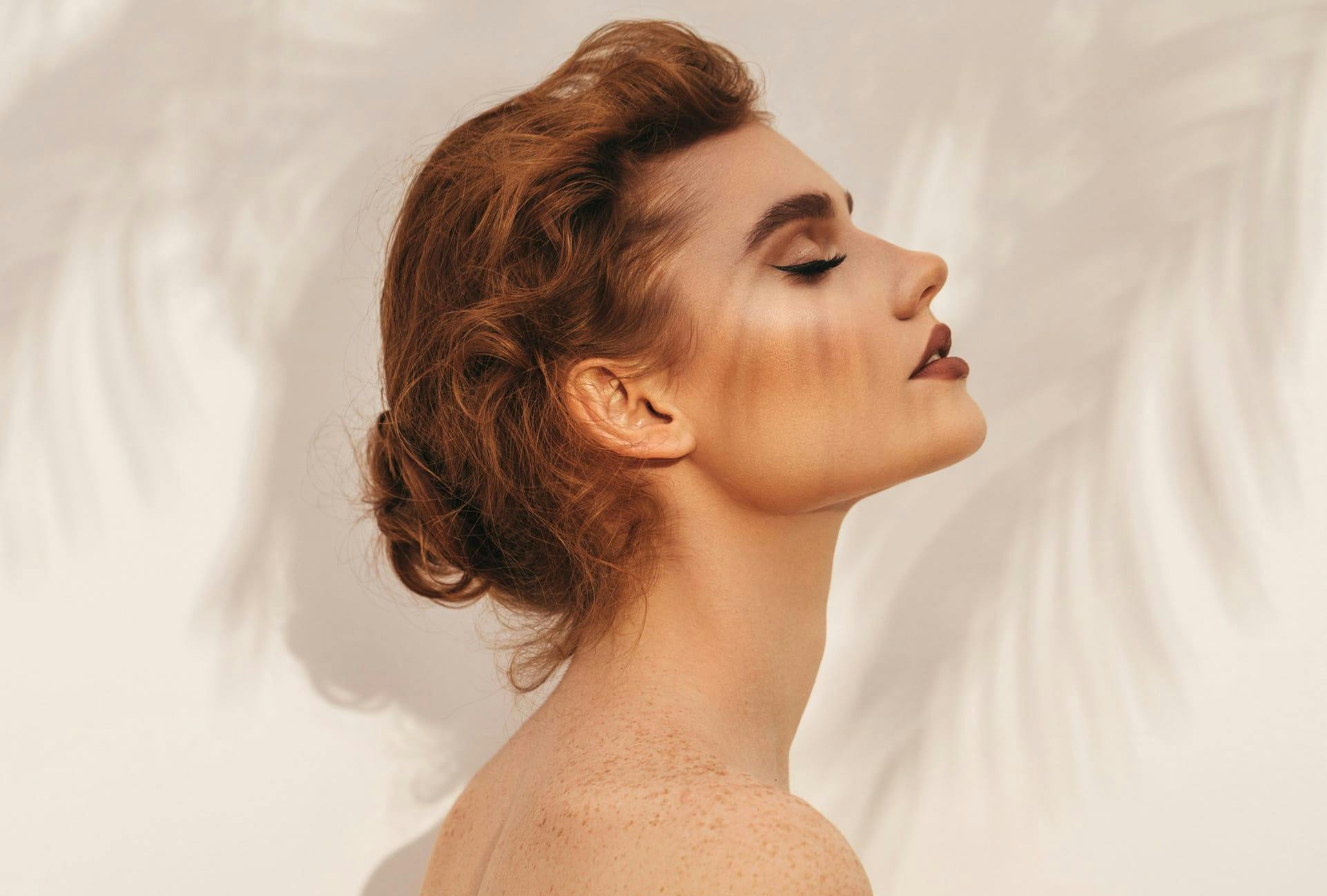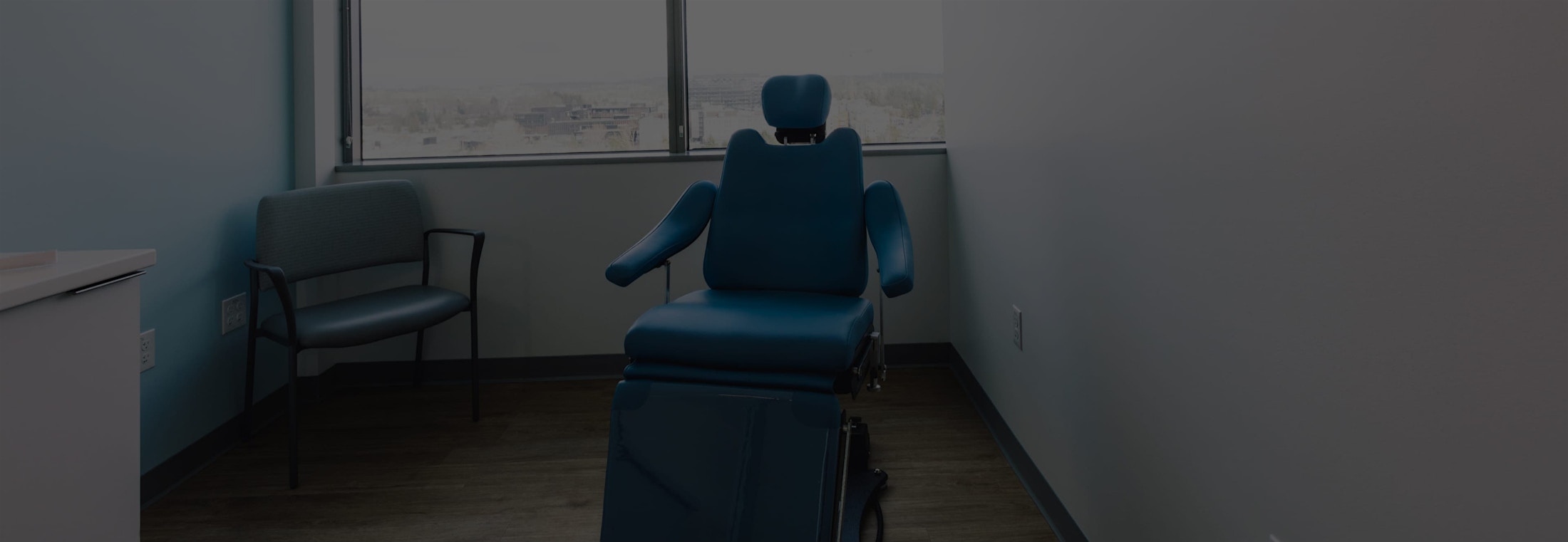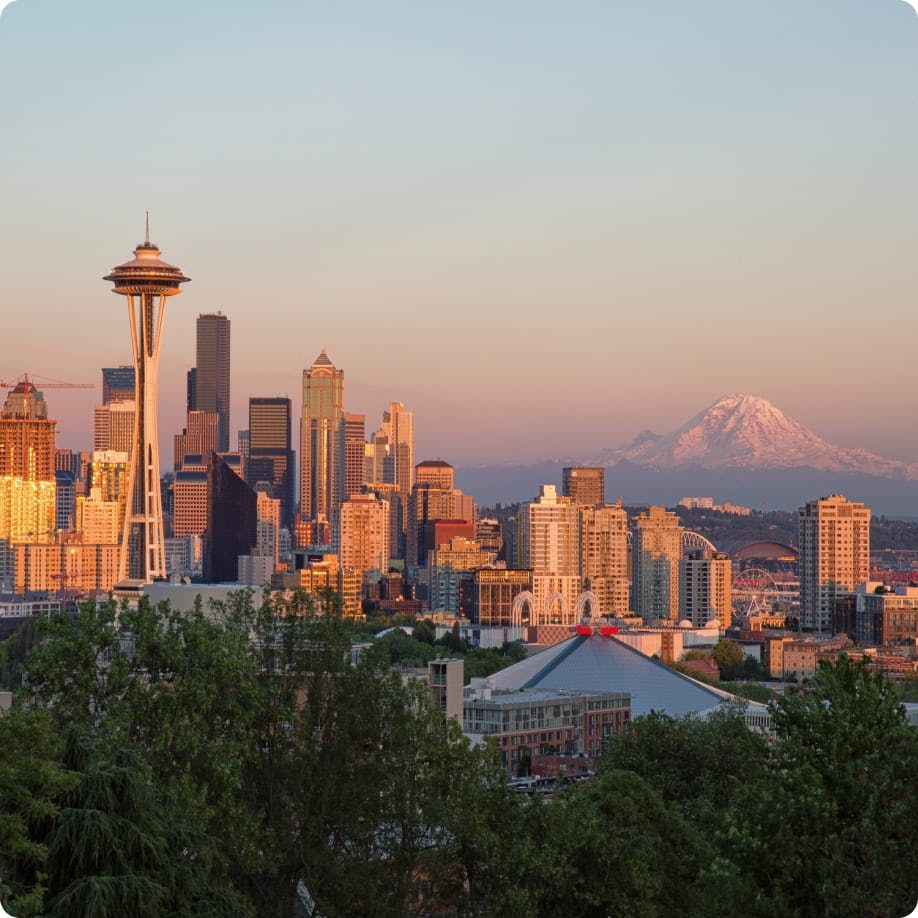A Solution for Nasal Obstruction
Nasal obstruction occurs when, for whatever reason, the nasal passage is blocked or narrowed, impeding regular airflow and causing difficulties breathing. We’ve all experienced some degree of nasal obstruction at one point or another due to allergies, a common cold, or a sinus infection, but these cases are temporary and generally resolve themselves within a short matter of time. Ongoing cases of nasal obstruction are commonly caused by a deviated septum (a condition in which the tissue that separates the nostrils is off-center, narrowing one of the nasal passageways) or enlarged turbinates. It is not unusual for these two conditions to be present concurrently, compounding the problem, so a turbinate reduction can also be performed at the same time as a septoplasty -- the surgical procedure used to correct a deviated septum.
Patients with nasal obstruction have difficulty breathing, as the nasal passage is not wide and clear enough to permit easy airflow. Sometimes, patients will try to compensate for these difficulties by breathing through their mouths, which can cause a sensation of dry mouth. Individuals also frequently report having trouble sleeping as a result of nasal obstruction.














